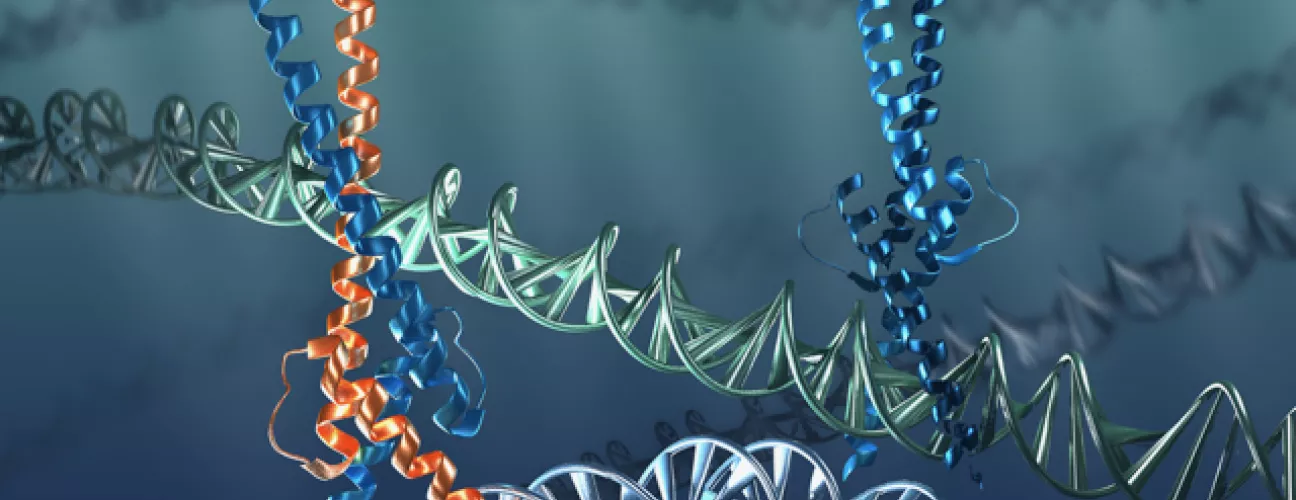
The solution to many of the most pressing global problems in human health involves developing new molecules and biomolecules that may one day allow us to reliably diagnose and treat diseases. We are developing the know-how to make these materials. Our research ranges from developing probes for cancer diagnostics and therapeutics, to understanding protein mechanisms in diseases, to designing and synthesizing molecules that act as tiny, functional machines.

Virgis Barzda
Non-invasively images live cells and subcellualar organelles to study cardiac and skeletal muscle cells and the organization of cancerous tissue.

Andrew Beharry
Constructs small molecule probes to understand and treat various types of cancer.

Claudiu Gradinaru
Uses single-molecule fluorescence spectroscopy to reveal conformations, interactions and dynamics of intrinsically disordered proteins and GPCR receptors.

Patrick Gunning
Designs scaffolds to artificially suppress or up-regulate specific gene expression via manipulation of protein-protein interactions to treat cancer.

Voula Kanelis
Uses NMR spectroscopy and other biophysical tools to obtain molecular-level details of proteins (e.g. ABC transporters), and understand how genetic changes in proteins cause disease.
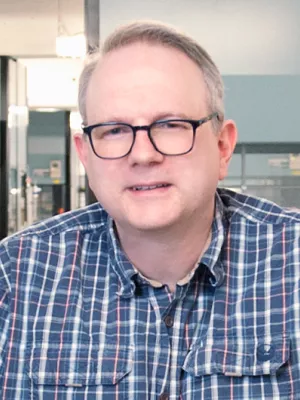
David McMillen
Uses synthetic biology approaches to design cell-based solutions to problems in sensing and human health, in Canada and in under-resourced global communities.
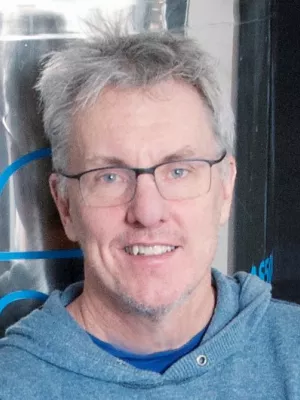
Scott Prosser
Uses NMR Spectroscopy to understand protein folding and misfolding, how enzymes function, and the dynamics of GPCR receptors.
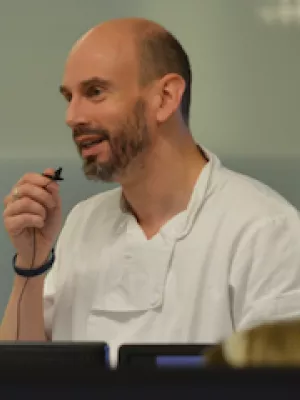
Leigh Revers
Cultivates scientists as innovators and entrepreneurs. Champions renewal of student engagement in organic chemistry through holistic approaches. Co-founder of two biotechnology start-up companies.
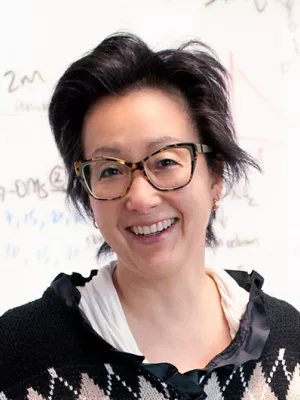
Jumi Shin
Designs proteins that serve as a template for synthesis of new drugs with potentially lower carbon footprint and waste.
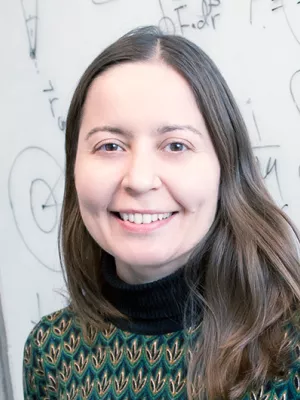
Sarah Rauscher
Applies computational biophysics to understand the atomistic structure and dynamics of intrinsically disordered proteins.

